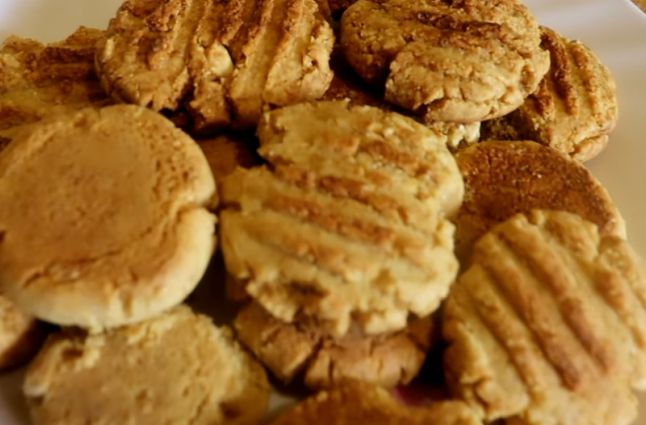Cassava flour cookies bring a soft, chewy texture without gluten. Bake a batch anytime using simple ingredients for a treat that fits paleo, grain-free, and dairy-free diets.
You know those moments when you want something sweet but don’t want to worry about gluten or complicated ingredients?
Manioc flour cookies have your back. They’re easy to make, gentle on your stomach, and perfect for quick baking without the stress.
You don’t need fancy tools or hard-to-find items. With cassava flour, you can whip up cookies that fit into gluten-free diets and still taste amazing.
Maybe you’re baking for your kids, trying something new, or just need a snack with your tea; this recipe works for all of that.
It gives you the freedom to bake anytime and feel good about what you’re eating.
So if you’ve been looking for a gluten-free treat that doesn’t feel like a sacrifice, you’re in the right place.
Let’s get into the simple joy of baking cassava cookies.
Table of Contents
- Why Use Cassava Flour for Cookies?
- What You’ll Need for Cassava Flour Cookies
- Step-by-Step Instructions
- Cassava Flour Cookie Recipe Variations
- Troubleshooting Cassava Flour Cookies
- Storage Tips
- Frequently Asked Questions
- Conclusion
Why Use Cassava Flour for Cookies?
Let’s take a closer look at the ingredients that go into the making of cassava flour cookies:
Cassava Flour Is Naturally Gluten Free: A Safe Pick for Sensitive Stomachs
Cassava flour is made from the whole cassava root and contains no gluten or grains.
It’s a smart choice if you have celiac disease or gluten sensitivity and want cookies that are simple, safe, and easy to bake anytime.
It Has a Clean, Mild Taste: Let Other Flavors Shine
Cassava flour has a neutral taste that doesn’t overpower your mix-ins.
It lets ingredients like vanilla, spices, or chocolate stand out, giving you better flavor balance without strange aftertastes that can come from other gluten-free flours.
Great for Allergy-Friendly Baking: No Nuts, No Grains, No Problem
This flour is naturally free from nuts, grains, and common allergens. You won’t need extra swaps to make your cookies safe for guests or kids.
It works well in allergy-friendly baking without making the process complicated or stressful.
Bakes Like Wheat Flour: Holds Shape and Texture Well
Cassava flour binds well and holds its shape, giving your cookies a soft chew with light crisp edges.
You don’t need gums or tricky substitutions. Just mix your dough and bake, no stress, no guesswork, no wheat required.
Related Posts
Pão de Queijo: The Chewy Brazilian Cheese Bread
Does Cassava Flour Contain Cyanide?
The Special Guyana Cassava Bread
How to Make the Dominican Cassava Bread
What You’ll Need for Cassava Flour Cookies
Before you preheat the oven, make sure you’ve got the right ingredients on hand.
These basics and extras work together to give you cookies that taste great and bake perfectly.
Cassava Flour: Your Gluten-Free Base

Cassava flour is your main ingredient. It’s grain-free, gluten-free, and made from the whole cassava root.
It gives your cookies structure with a mild taste and slight chew.
You don’t need any fancy blends or extra flours, just this one to get started.
It behaves a lot like wheat flour, so you’ll get results that feel familiar even if you’re baking gluten-free for the first time.
Fat: For Softness and Rich Flavor
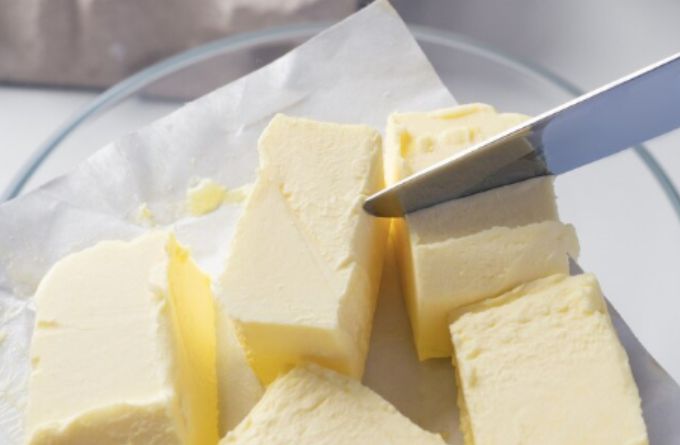
Your cookies need fat to hold moisture and bring out flavor.
Butter gives a classic taste, but you can also use coconut oil or plant-based margarine if you want a vegan, dairy-free option.
Fat helps the dough spread while baking and adds that melt-in-your-mouth feel.
Pick what works best for your diet and what flavor you want to bring forward in each bite.
Sweetener: For Balanced Taste
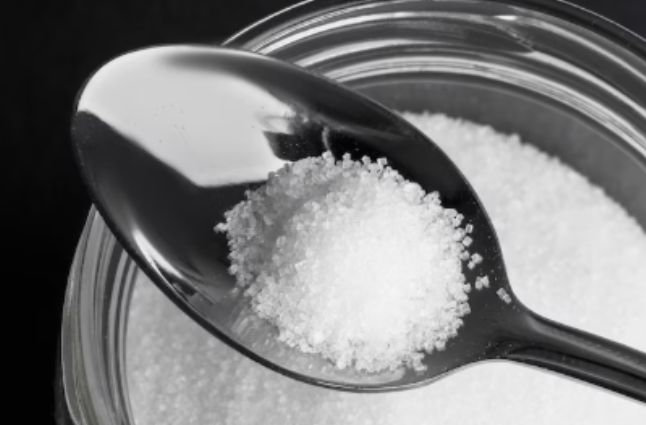
You have options here. White sugar keeps things simple, brown sugar adds a deeper taste, and maple syrup or agave can give a softer sweetness.
Choose what fits your pantry or your style of baking.
The right sweetener will not only make your cookies taste good but also help with moisture and color.
Don’t skip this step; it plays a bigger role than you think.
Eggs or Egg Substitutes: For Binding and Texture
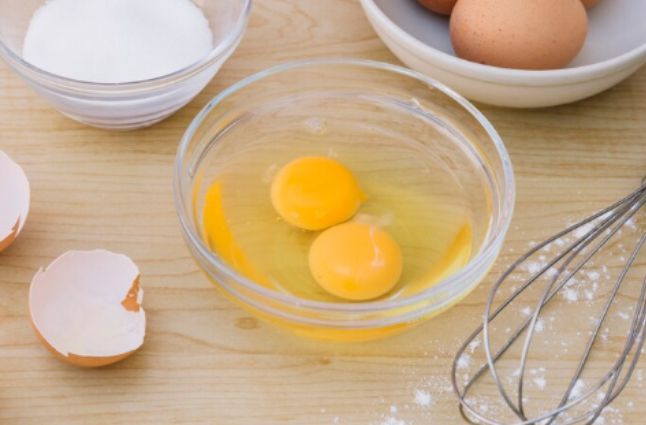
Eggs help hold your cookie dough together and give it the right texture.
They add moisture and help with that golden color you want after baking.
If you’re vegan or avoiding eggs, mix ground flaxseed or chia seeds with water for a reliable swap.
These alternatives still keep your cookies together without changing the texture too much.
Leavening Agents: To Help the Dough Rise
Baking soda or baking powder helps the dough rise and spread. You only need a small amount, but it makes a big difference.
Without it, your cookies may turn out dense or too flat.
This ingredient controls how your cookie bakes and affects the final texture, so make sure you don’t leave it out or guess the measurements.
Flavor Boosters and Add-Ins: For Extra Fun
This is where you make the recipe yours. Toss in chocolate chips, chopped nuts, dried fruit, or spices like cinnamon or vanilla.
These extras bring extra flavor, texture, and even a bit of surprise. You don’t need to go overboard; a little goes a long way.
Pick one or two that sound good and see how they work with the cassava flour base.
Related: Cassava Flour Tortillas Recipe Without Cassava Flour
Step-by-Step Instructions
Baking cassava flour cookies is simple when you follow each step with care.
From mixing to cooling, every part of the process matters to get the texture and taste just right.
Preheat the Oven: Set the Right Temperature
Preheat your oven to 350°F. This helps the cookies bake evenly and keeps the dough from sitting too long.
Use the time to line your tray with parchment paper and set up everything else you’ll need.
Mix the Dry Ingredients: Create a Balanced Base
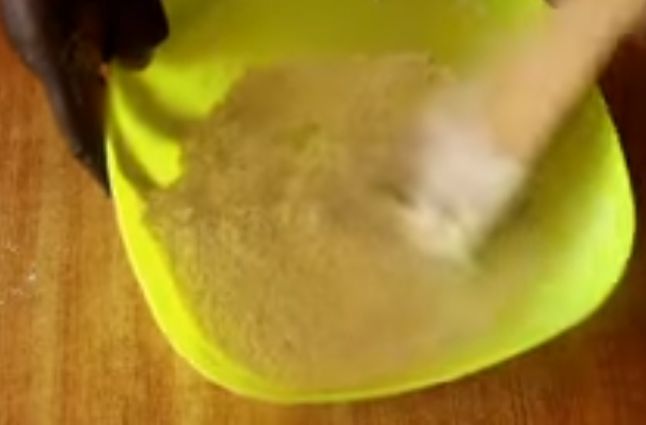
Whisk cassava flour, baking powder, and salt until evenly combined.
This keeps the dough smooth and free of clumps, helping your cookies bake with the right texture and taste without surprise bites of unmixed flour or baking powder.
Cream Butter and Sweetener: Build Flavor and Texture

Mix your butter and sweetener until smooth and airy. This step gives your cookies richness and helps with texture.
You can use regular or dairy-free butter and your preferred sugar, just make sure the mixture is well creamed.
Combine Wet and Dry: Form a Smooth Dough
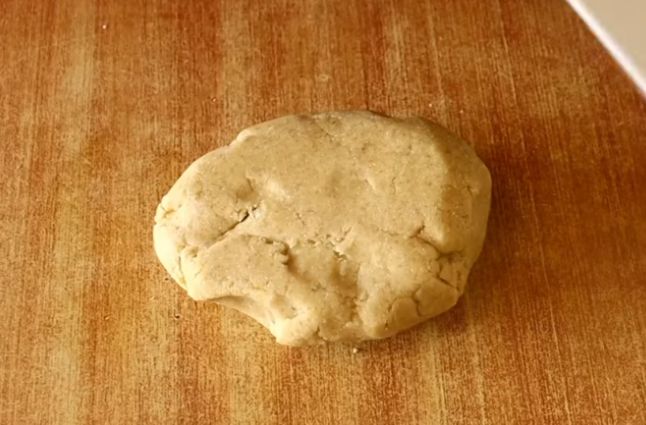
Slowly mix the dry ingredients into the wet mixture until combined. Avoid overmixing, which makes cookies dense.
Let the dough rest a few minutes to help the cassava flour absorb moisture and become easier to shape.
Adjust If Needed: Check Dough Texture
After resting, check the dough. If it’s too sticky, add a little more cassava flour.
The goal is soft, workable dough that holds shape.
This step prevents your cookies from spreading too much or turning out uneven.
Shape and Space: Prepare for Baking
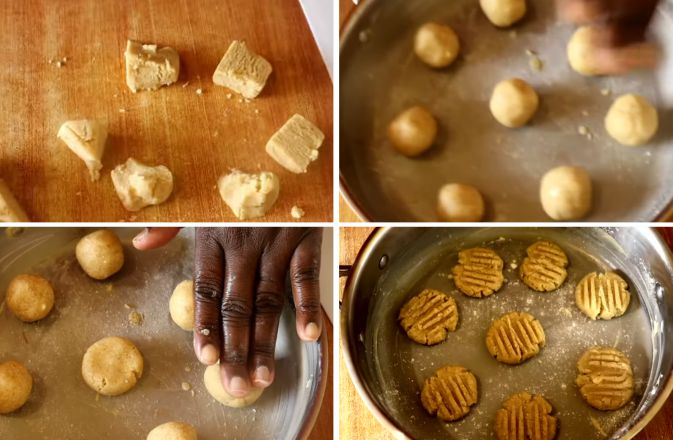
Scoop and roll dough into balls, spacing them apart on a lined tray.
Cassava flour cookies spread as they bake.
Gently flatten each ball if you prefer a more even, round shape when they come out of the oven.
Bake and Cool: Lock In Texture

Bake for 10 to 12 minutes, watching for golden edges. Let the cookies cool on the tray first, then move them to a rack.
This keeps them from falling apart and helps them finish setting as they cool.
Cassava Flour Cookie Recipe Variations
Cassava flour gives you the chance to bake cookies your way.
From classic flavors to bold twists, you can mix things up while keeping your cookies gluten-free and satisfying.
Chocolate Chip: A Classic That Always Works
You can’t go wrong with chocolate chip cookies. Mix melted coconut oil or butter with brown sugar and vanilla, then stir in cassava flour, baking soda, and salt.
Fold in chocolate chips for soft cookies with melty centers. These bake up just like the traditional kind but are grain-free.
They’re easy to make, kid-friendly, and perfect for any cookie craving.
Snickerdoodle: Warm Cinnamon Meets Soft Cookie
For soft and chewy cinnamon cookies, start with cassava flour, baking powder, cream of tartar, and sugar.
Scoop the dough and roll each piece in a cinnamon-sugar mix before baking.
The result is a warm cookie with a golden top and a little crunch.
It’s a comforting flavor that works for any season and makes your kitchen smell amazing while they bake.
Coconut Lime: A Fresh, Tropical Twist
If you want something light and refreshing, try coconut lime cookies. Mix cassava flour with shredded coconut, lime zest, and fresh lime juice.
The result is a chewy cookie with bright citrus flavor and a hint of sweetness.
It’s a great choice for warm weather or anytime you want to bring tropical vibes into your kitchen with a gluten-free recipe.
Double Chocolate: For Serious Chocolate Fans
Mix cassava flour with cocoa powder and fold in chocolate chips for rich, double chocolate cookies.
These are soft, fudgy, and packed with flavor. You don’t need any grains to get that deep chocolate taste you love.
They’re great for dessert or whenever you want a gluten-free treat that feels a little more indulgent but still easy to make at home.
Vegan Friendly: Egg Free and Still Delicious
To make your cookies vegan, swap eggs for flaxseed meal mixed with water.
Use coconut sugar for sweetness and plant-based butter for fat.
The dough comes together easily and bakes into cookies that hold their shape and taste great.
You still get the chewy texture and satisfying flavor, all while sticking to plant-based ingredients that work for your lifestyle and pantry.
Low Sugar or Keto Style: Sweet Without the Sugar
Cut back on sugar by using erythritol, stevia, or monk fruit.
These low-carb sweeteners mix well with cassava flour and let you enjoy cookies without the sugar spike.
Choose dark chocolate chips with no added sugar to keep things balanced.
These cookies are perfect for anyone cutting sugar but still craving a bite of something sweet, soft, and satisfying.
Troubleshooting Cassava Flour Cookies
Cassava flour cookies are rewarding to make, but sometimes things don’t go as planned.
If your batch turns out dry, crumbly, or off in texture, here’s how to fix it.
Dry Cookies: Add More Moisture
Cassava flour absorbs more liquid than many other flours. If your cookies feel dry, try adding a bit more butter, oil, or even an extra egg.
You can also mix in wet ingredients like applesauce or yogurt. These add moisture without making the dough too loose.
This small adjustment can make a big difference in how soft and chewy your cookies turn out.
Humidity Problems: Adjust the Ingredients
Humidity changes how ingredients behave. On humid days, you may need less cassava flour or a touch more liquid.
If you’re baking in a dry climate or at a high altitude, add a little more flour or an extra egg.
These shifts help balance moisture and texture.
Try changing one thing at a time and take notes to see what works best for your environment.
Crumbly Texture: Improve the Binding
If your cookies fall apart, the dough likely needs better binding. Eggs help hold everything together, so check if you used enough.
For vegan cookies, use flaxseed or chia soaked in water.
You can also increase the fat slightly to improve the dough’s structure.
A sticky, soft dough before baking usually means your cookies will hold up better after they cool.
Substitutions Gone Wrong: Stick to What Works
Swapping flours sounds easy, but cassava flour doesn’t behave like almond or coconut flour.
If you need to mix, keep cassava as the main base. Replacing it entirely can ruin texture and taste.
Not every gluten-free flour works as a one-to-one swap.
For best results, use recipes designed specifically for cassava flour to avoid disappointment and wasted ingredients.
Storage Tips
Once you’ve baked your cassava flour cookies, how you store them matters.
Whether you’re freezing the dough or saving baked cookies, the right method helps keep texture and flavor just right.
Freeze the Dough: Bake When You Want
Freezing cookie dough lets you bake fresh cookies anytime.
Scoop and shape the dough into balls or discs, then wrap tightly or seal in a container.
Frozen dough keeps well for up to three months. When ready to bake, thaw the amount you need in the fridge overnight.
This is a great option if you like warm, fresh cookies without having to mix ingredients each time.
Store Baked Cookies: Keep Them Fresh Longer
Let your cookies cool fully before storing them. Place in an airtight container with parchment between layers to keep them from sticking.
They’ll stay fresh at room temperature for about a week. For longer storage, freeze the cookies in a sealed container.
They’ll keep for up to three months. To enjoy later, thaw at room temperature or warm them in the oven for a fresh-baked feel.
Frequently Asked Questions
Can I use cassava flour 1:1 with all-purpose flour?
Cassava flour can sometimes be used 1:1, but results vary. It absorbs more liquid, so recipes may need adjustments for moisture and texture.
Are these cookies paleo or AIP-friendly?
Yes, cassava cookies can be paleo. For AIP, use egg alternatives and avoid non-compliant ingredients like nuts or chocolate chips in your recipe.
What’s the texture like compared to regular cookies?
Cassava flour cookies are typically soft, slightly chewy, and a bit denser than wheat-based cookies, with a mild, earthy flavor that blends well.
Conclusion
Cassava flour cookies give you the chance to bake something simple, gluten-free, and satisfying without second-guessing every ingredient.
They work well for casual baking, family treats, or even clean snacking.
You get soft, chewy cookies that fit different diets, from paleo to vegan to grain-free.
The steps are easy, the results are reliable, and the flavor is worth the effort.
If you’ve struggled with other gluten-free flours, cassava gives you a better shot at success.
So keep a bag in your pantry, pick your favorite variation, and bake with confidence.
There’s no need to settle when you can enjoy cookies that feel familiar and taste just right.
References
- Recipe and Hospitality: Cassava Flour Cookies

